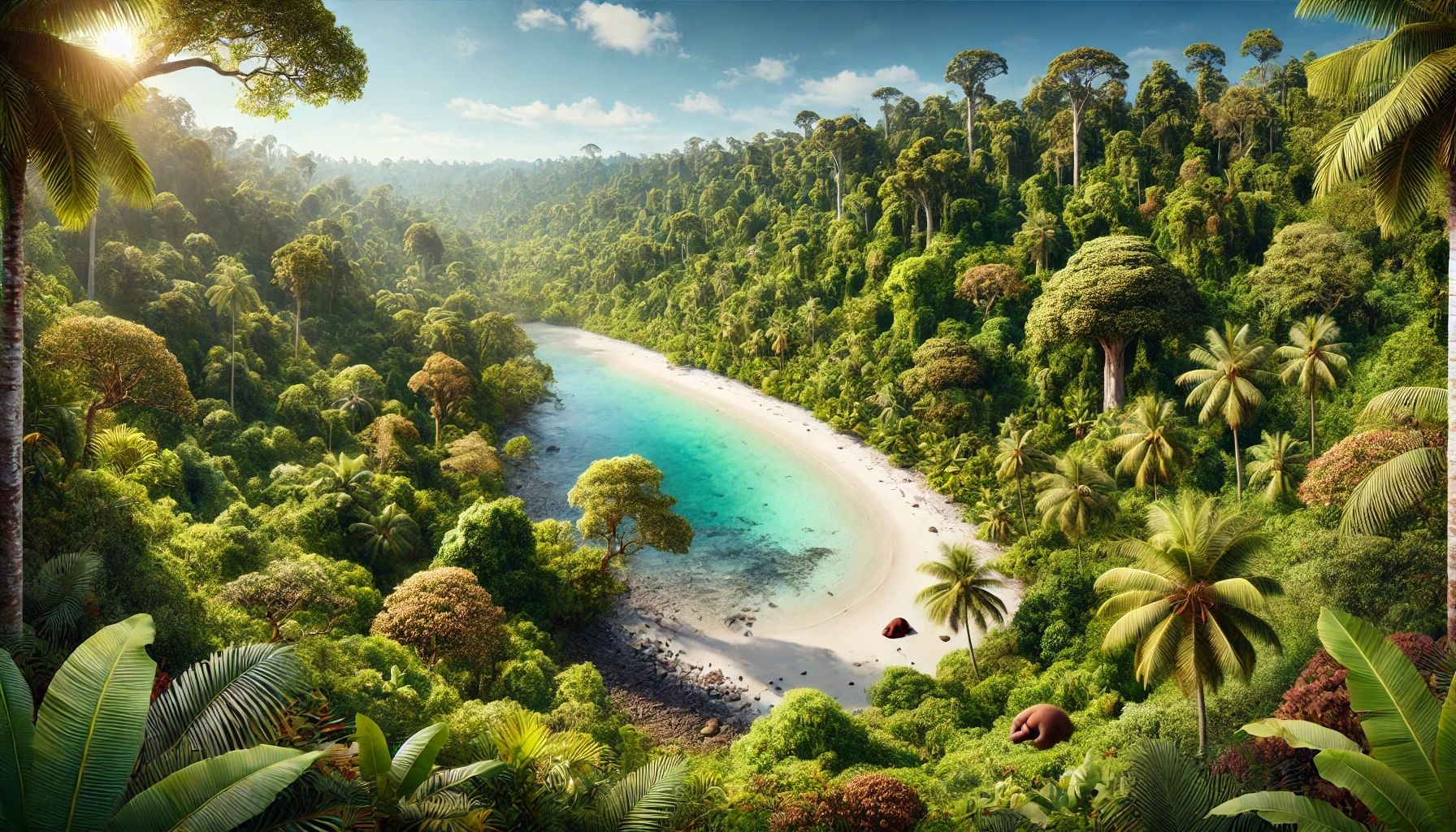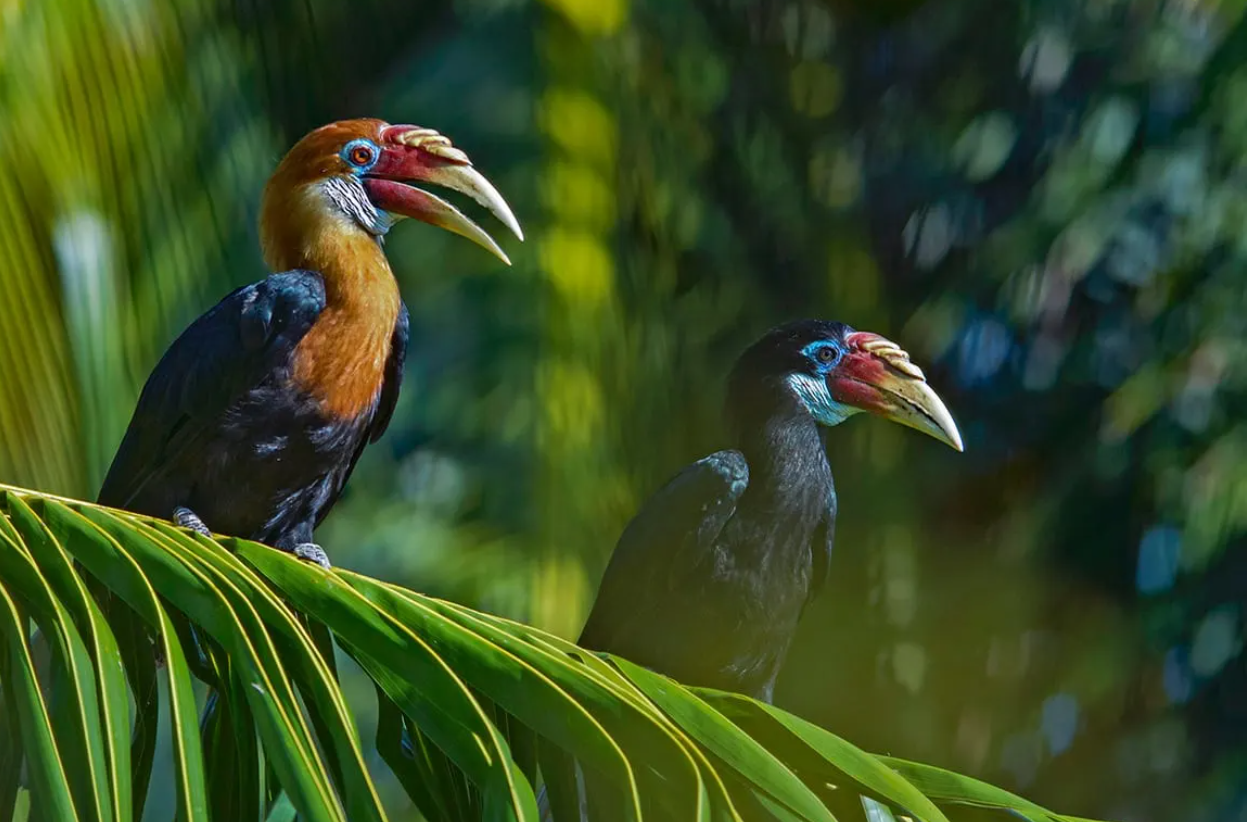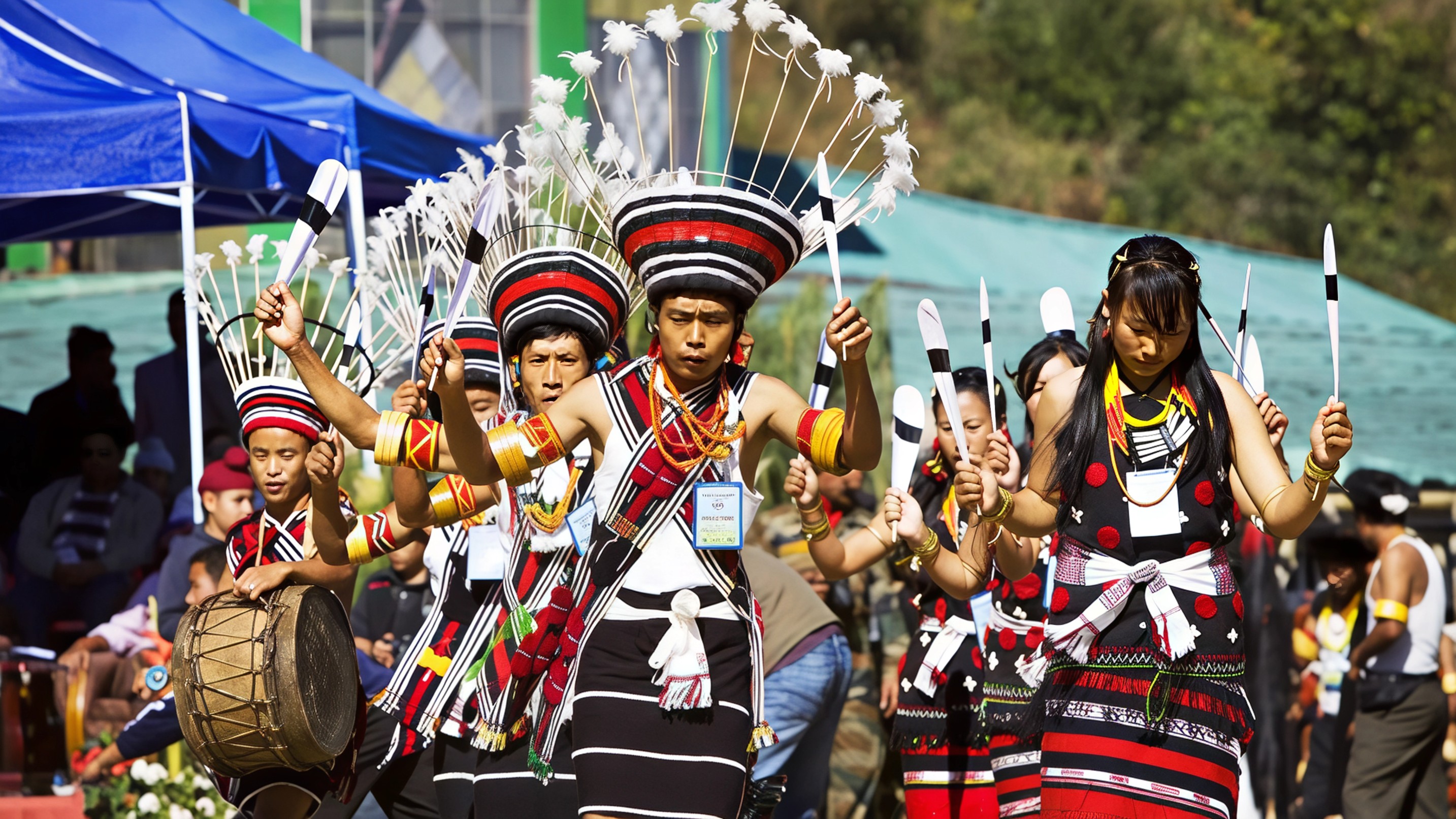The Andaman and Nicobar Islands are known for their pristine beaches, coral reefs, and lush forests, but now they are preparing to attract nature lovers with something even more unique. The island administration has officially launched a campaign to promote birdwatching, positioning it as a key eco-tourism activity that benefits both visitors and local communities.

Tourism Secretary Jyoti Kumari announced the initiative with a focus on creating greater awareness about the region's rich bird diversity and encouraging responsible travel. The archipelago is home to over 300 bird species, many of which cannot be found anywhere else in the world. This includes striking species like the Andaman Wood Pigeon, Narcondam Hornbill, Andaman Crake, and the Nicobar Pigeon. Their presence makes the islands a hidden paradise for birdwatchers and conservationists alike.
To support the campaign, the Department of Tourism recently hosted a special session in collaboration with the Avians Club of Andaman and Nicobar. Arun Singh, President of the Avians Club, delivered a public lecture that highlighted the region’s bird biodiversity and its untapped potential for sustainable tourism. He emphasized that birdwatching could help smoothen tourism cycles, especially during the monsoon and off-season periods, by spreading footfall beyond traditional hotspots and opening up new revenue streams for local guides and eco-friendly stays.
While the push for bird tourism has received applause from nature enthusiasts, there are also growing concerns around the environmental threats these birds face. Several endemic species, including the Andaman Wood Pigeon and Nicobar Megapode, are listed as vulnerable due to habitat destruction, poaching, and invasive species. Conservationists warn that upcoming development projects, particularly on Great Nicobar Island, could worsen the situation. Large-scale deforestation, road building, and increased human activity threaten to destroy the delicate ecosystems these birds depend on for survival.
Birdwatching is not just a tourism product but a conservation tool. With the right approach, it can help protect endangered species, generate livelihood opportunities for local communities, and build a tourism model that respects nature instead of overwhelming it. As the islands look to the future, the challenge will be in balancing growth with preservation, ensuring that the natural charm of the Andamans remains intact for generations to come.
For more eco-travel news, island updates, and offbeat adventures, follow Travel Moves on Instagram and Facebook.








